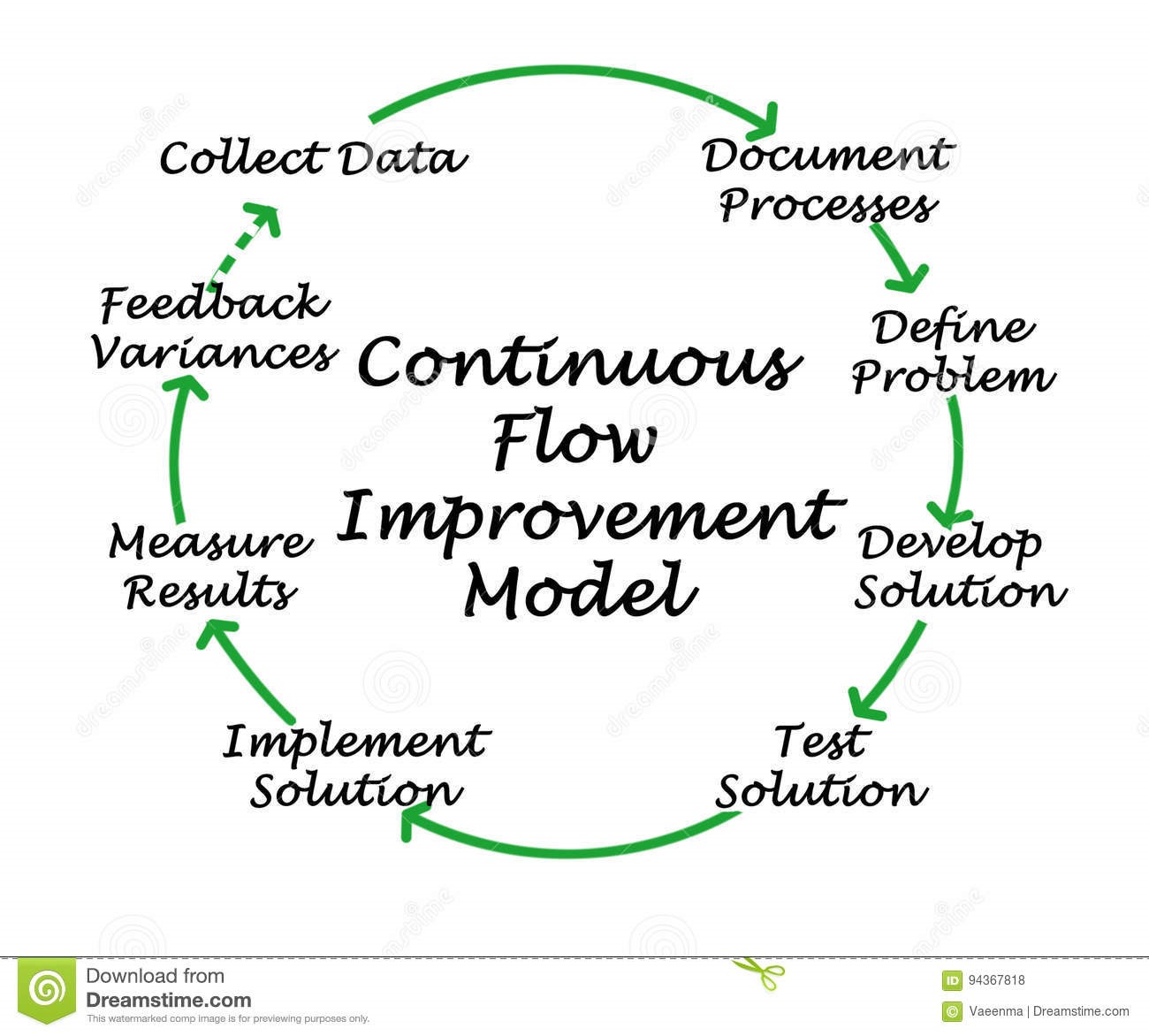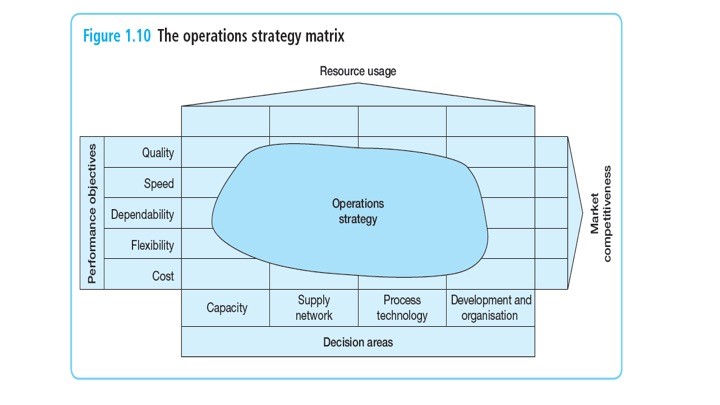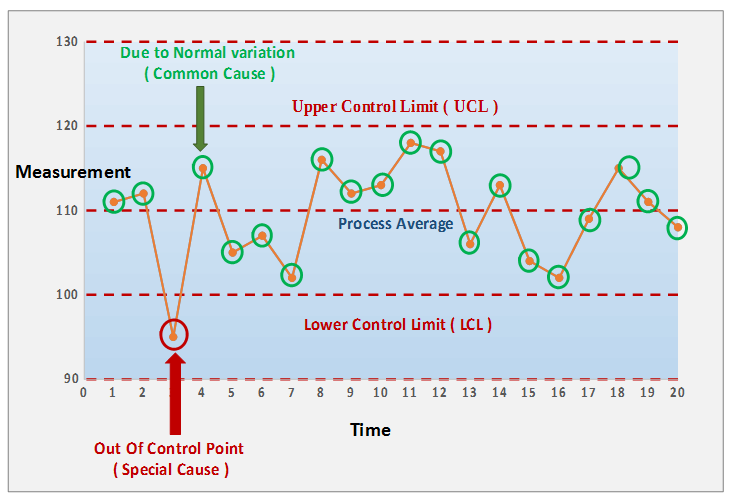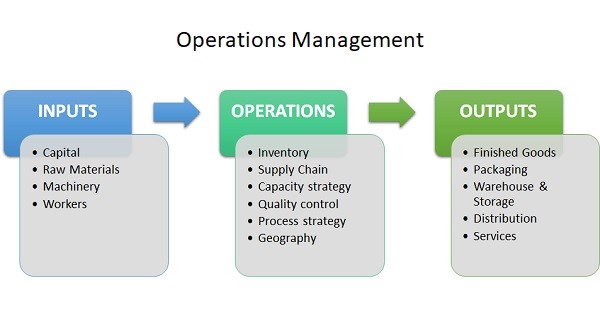MOD006887 International Operations Management Assignment Sample
Introduction
1.1. Characteristics of the operation
Operations management tends to be the foundation for an organisation to guarantee transformation of resources into deliverable products and services. Considering the four ways model of operations management, including volume, variety, variation, and visibility, it highlights the key issues faced by the Pluckley Palinga Ltd company (Novak et. al. 2021). Primarily, considering the volume aspect, the company encounters potential issues and challenges associated with establishment of a fourth distribution centre, considering the volume of its inventory, output, and scale of its operations.
Additionally, the organisation also encounters problems related to operational efficiency levels as well as utilisation of space, which demands proper strategies for addressing it. Other than this, considering the aspect of visibility in the operational management model, the organisation demands an excellent plan for locating its distribution centre as it acts as a foundation for putting all its value chain procedures together and directing high visibility in its target locations. Lastly, it faces potential issues associated with compromising quality standards in its alcohol-based product, due to inappropriate readings related to a component of its products, fusel alcohol.
There for, these operations management issues or problems demand image its solutions and effective techniques for their mitigation in Pluckley Palinga Ltd company.
Operational problems and solutions
2.1 Problem 1
2.1.1 Problem 1: analysis
Primarily, the organisation, Pluckley Palinga Ltd, encounters an issue associated with a disruption in its supply chain or distribution network. It is principally associated with locating the fourth distributor for undertaking outbound logistics for the firm. Considering the tone of continuous flow model within the supply chain, it can be observed that the organisation demand stability and consistency in its high-volume environment (Sun and Fan, 2020).
Moreover, the increase in demand of the product due to the outbreak of the Covid-19 pandemic results in demanding consistent flow, easy availability, and accessibility of the products to the customers, thereby, demanding an additional distribution centre for the firm.
2.1.2 Problem 1: evaluation
The steps or practises which must be undertaken by the client company in order to reduce the negative implications of the issue, include proper mapping of its existing stakeholders, which are located around the M25, in Rickmansworth, Chestnut and Orpington. It will help the company to identify a location closer to one of its existing locations, thereby, minimising the lead time, associated cost of maintaining and managing an additional distribution centre (Luckstead et. al. 2021).
However, the three selected sides, Watford, South Cryodon, and Mitcham demand extensive research, practical in-field study, as well as site evaluation for business volume, scale, size, and geographical scope. This is because, a minute error in measuring or assessing the feasibility of the food distribution centre might offer adverse issues and challenges to the company to expand its operations and gain customer base.
2.1.3 Problem 1: discussion
The undertaken model of continuous flow in supply chain will significantly help the organisation to ensure excellent distribution of its alcohol-based products. It will guarantee stability of supply as well as process scheduling so that it ensures continuous flow of products and information across it existing and potential distribution centre. The organisation must evaluate and analyse the local environmental and market factors, proximity to railway stations, airport, or ports, the taxes and rent rates, and availability of required workforce or labour (Fassas et. al. 2021).
The chosen method of continuous flow model is significant to analyse the pertinent issue of supply chain disruption concerning the distribution network as it will support in analysing and evaluating vital information and data, as well as proper scheduling of tasks and activities in three potential locations of Watford, South Cryodon, and Mitcham.
In addition to this, it is important to guarantee an assessment of available transportation as well as distribution channels considering the selection of location for the establishment of the fourth distribution centre for the company. This is because, on time delivery of products to the customers is critical, as the outbreak of the pandemic resulted in a significant increase in demand for alcohol and related products.
 Figure 1 Continuous Flow Model (Source: Continuous Flow Model, 2019)
Figure 1 Continuous Flow Model (Source: Continuous Flow Model, 2019)
The continuous flow model will immensely support the company to guarantee cost and time effectiveness as the model streamlines procedure is related to production and distribution of alcohol product. It will also guarantee reduction of processing time as well as faster and efficient manufacturing of products (Fernie and Sparks, 2018).
Not only this, issues in the initial phase of establishing and distribution centre, like compromise with quality standards, scheduling management or maintenance, and labour cost can also be appropriately addressed by the company with the application of continuous flow model.
However, since the distribution centre will be located at a far distance from the company, it might include rest or issues of falls during the initial stage, which might result in incurring huge cost and expenses. Therefore, constant and continuous production as well as distribution of alcohol and related products is a significant aspect to consider while selecting a proper location for the company.
2.2 Problem 2
2.2.1 Problem 2: analysis
An evaluation and analysis of the case study highlights that it is principally associated with maximisation of efficiency levels in its operations, considering the use of available space as well as arrangement of equipment. In addition to this, it highlights a strong association with moving certain machineries or equipment in order to guarantee excellent and judicious utilisation of available space in its concern (Arunachalam et. al. 2018).
However, it is not a serious issue or a problem to the organisation, yet, demands consideration and attention in order to ensure its accomplishment. This can be done by applying and implementing the operational tools of business. It will help the Pluckley Palinga Ltd or PPL organisation to ensure maximum operational efficiency and excellent arrangement of equipment.
 Figure 2 Strategy of Operations Management (Source: Andrew Campbell, 2018)
Figure 2 Strategy of Operations Management (Source: Andrew Campbell, 2018)
2.2.2 Problem 2: evaluation
The concerned tool or technique associated with maximising operational efficiency, business process automation will significantly support the PPL organisation to increase efficiency by minimising cost and streamlining the operations within its concern. This is because it will guarantee standardisation of the outcomes, thereby, guaranteeing customisable notifications, clear accountability, faster turnaround times, and valuable insights which will further focus on improving activities of producing alcohol and related products, thereby eliminating wasteful activities and adding value to the product.
Other than this, the PPL company can also apply, implement, and integrate certain lean principles in order to guarantee effective and efficient space utilisation, minimisation of waste, as well as operational efficiency (AlKahtani et. al. 2019). Uncovering the inefficient manufacturing areas with time studies, frequent audits, value stream mapping, and other techniques of lean manufacturing will eventually help Pluckley Palinka company to assess its materials flow through the facility, identify shortcomings in the plant layout, as well as rearrange its machineries and equipment.
2.2.3 Problem 2: discussion
The tool or technique of business process automation will set clear guidelines to the workers or employees to undertake their activities, fulfil the requirements of the respective tasks or activities, as well as guarantee maximum efficiency. Not only this, it will also guarantee cost effectiveness, error proof, and visibility by eliminating the requirement of inefficient siloes and redundant workflow, thereby, helping the organisation to review the flow of materials, including raw materials, tools, equipment, and machinery, thereby, guaranteeing space utilisation and waste minimisation (Nair and Reed‐Tsochas, 2019).
Other than this, the tool of business process automation will ensure fast execution of activities and task by 70% as compare to the labourers or employees, thereby, significantly contributing to maximise operational efficiency, time effectiveness, and streamlined workflow. However, application of BPA tool might offer certain disadvantages to the PPL organisation as it demands significant investment in the initial stage, associated with its installation, training, and application. Other than this, since, the BPA tool tends to eliminate the need of workers to undertake different operations for maximum efficiency, it might result in resistance from the employees and labourers working for the organisation or towards the technological shift and changes (Sadeghi Moghadam et. al. 2021).
Although, the BPA tool is the best and the most suitable one considering the maximisation of operational efficiency and guaranteeing effective utilisation of available space within the manufacturing concern of the PPL organisation.
2.3 Problem 3
2.3.1 Problem 3: analysis
The third element or challenge highlighted within the case study of the PPL or Lucky pulling a limited company is associated with operational quality due to interruption of a product flow, which is a component in its final product output. It is eventually pointing towards a serious possible quality issue considering the defined standards, consistent quality of the product.
It is a significant and critical problem for the company as the growth, development, and profitability of the PPL organisation is significantly dependent upon the quality standards of its product, which is further a foundation to capture customer base in the UK (Maylor et. al. 2018).
2.3.2 Problem 3: evaluation
The problem is concerned with the readings for fusel alcohols emerging from the second distillation, using the new still. The company needs SOME fusel alcohols in the middle cut for mouth feel and flavour in the finished spirit product. However, it encounters challenges with some of its readings being varied as for comparison with the set standards of Still#1. Therefore, the presently running operations and activities associated with Still#2 highlight strong probabilities and possibilities to be interrupted or disrupted due to potential quality issues associated with fusel alcohol (Savel et. al. 2018).
Therefore, the best and the most appropriate tool for quality improvement in manufacturing operations, six Sigma is identified and evaluated for removing the potential defect causing aspect within the procedure. The tool will undertake identification, evaluation, and evaluation of potential issues related to quality standards, while also minimising the change ability of the company and its production procedures in order to ensure consistent quality standards in its all outputs of alcohol products.
 Figure 3 Quality Control Chart (Source: Tools of Quality)
Figure 3 Quality Control Chart (Source: Tools of Quality)
2.3.3 Problem 3: discussion
It is a serious and significant potential issue for the PPL organisation and demands immediate resolution as it might result in further imposing adverse challenges to the company concerning the production of its alcohol-based products as well as guaranteeing their best quality standards (Peinado et. al. 2018).
In addition to this, the tools of Six Sigma enable the PPL company to include and integrate measurable metrics in its manufacturing procedures, thereby, immediately identifying any minute change or error in its manufacturing processes or the defined quality standards in its product, thereby, accomplishing stability and consistency in its production processes.
However, since the Six Sigma tool is applicable to around all the elements or aspects of manufacturing, it may result in developing bureaucracy and rigidity, which eventually points towards stiff ling creativity and delay in outputs. Not only this, significant investment requirement associated with adoption, installation, and application of the tool is further a potential consequence or implication for the PPL organisation.
Yet, it is analyzed and observed to be the best one for the concerned corporation as it addresses the entire procedure of production of the alcohol-based items, instead of just assessing the final outcome (Atasu et. al. 2020). Also, it is highly proactive, rather than just being reactive, thereby, defining how improvements can be made in quality standards even before identifying the shortcomings or defects, like the fusel alcohol.
Recommendations
The Black label in the limited company encounters certain challenges or issues associated with its operational flow, which eventually disrupt its business activities and day to day operations. Therefore, below a certain suggestions or recommendations in order to address the identified challenges and problems.
Outbound Logistics: The best and the most suitable approach towards consistently improving outbound logistics and eliminating issues associated with establishment of fourth distribution centre what is the PPL organisation is to emphasise on optimisation of its delivery procedure. In addition to this, the company should be size or focus on adoption, implementation, and integration of TMS technology, which is the Transportation Management System (Tiedemann, 2020). This is because the existing distribution centres of the company are located in Rickmansworth, Cheshunt, and Orpington, which highlight significant distances between them. Although, the fourth distribution Centre is considered to be in one of the three potential sites, which are Watford, South Cryodon, and Mitcham.
These locations also highlight distances from the farm headquarters as well as its existing distribution centers, thereby, demanding an excellent and strong system to guarantee proper control and supervision over its operations, including inventory, transportation, and distribution of the product. Therefore, the firm is suggested to use innovative technologies for its better outbound logistics procedures. The TMS technologies in significantly contribute in optimization of route automation as well as track real-time delivery of products at the distribution center as well as to the customers, thereby, increasing transparency and lowering freight expenses for the fourth distribution center of the PPL organization (Mangla et. al. 2020).
 Figure 4 Different stages of Operations Management (Source: Operations Management Meaning, Importance, Parameters & Example, 2020)
Figure 4 Different stages of Operations Management (Source: Operations Management Meaning, Importance, Parameters & Example, 2020)
However, other than TMS technology, the Internet of Things or IoT can also be adopted and implemented by the case organization, Pluckley Pálinka Ltd (PPL). It will develop an association between different manufacturing procedures within the existing and the new distribution center, ranging from inventory, packaging, transportation, and delivery to the customers (Novak et. al. 2021). Therefore, it will help the organization to remotely manage its distribution center, predict risk factors, guarantee proper handling of cargo, as well as ensure end to end visibility of its product packages.
Operational Efficiency: The second potential challenge or problem encountered by Pluckley Pálinka Ltd (PPL) company is associated with operational efficiency as well as space utilization, by rearranging its machinery and equipment. For this purpose, the organization is recommended to apply the digital technology of business process automation or BPE, as it holds the potential to automate tasks and activities within the manufacturing concern, thereby, accelerating processes and minimizing wastage and cost.
Automated workflow associated with the production of alcohol and related products by the PPL organization will result in efficient task or operations management as it will be driving by control, visibility, and transparency of the schedule (Sun and Fan, 2020). Not only this, it will also guarantee strict adherence to guidelines and set standards, thereby, leaving no room for enquiring additional cost, waste, or any other expenses.
Other than this, the recommended technology or digital tool of BPA will offer scalability to the PPL organization associated with accommodation of selected machinery and equipment required to undertake the manufacturing procedures as well as fulfilling the objectives of space utilization and operational efficiency. Gaining insights about work volume patterns, errors, cycle times, and exceptions will eventually act as a foundation for the executives or the superiors to review the present arrangement or organization of equipment, hence, re-arranging them as per the flow of materials and operations from the input stage to the output (Luckstead et. al. 2021).
Quality Improvement: Quality standards tend to be the most significant factor for the PPL organisation, as it is the basis for capturing customers and retaining them over the long term. Therefore, the challenge associated with quality standards concerning fusel alcohol demand immediate resolution and effective techniques for its mitigation. For this purpose, the organisation is highly recommended and suggested to adopt, implement, and integrate the innovative technological tool of Six Sigma (Fassas et. al. 2021).
This is because the tool holds the potential to guarantee consistent improvement of manufacturing operations and activities, while also principally emphasising on quality control system for the large-scale manufacturing concerns, like the PPL company. The system or technique will eliminate the potential defects, even before they take place within the manufacturing process associated with alcohol and related products. Not only this, it will also ensure that the entire procedure or approach of production is Driving by the best quality standards (Fernie and Sparks, 2018). Therefore, the technological tool of six Sigma will immensely support the company to prevent issues or challenges related to compromising with the quality standards of products.
Hence, the above proposed suggestions and recommendations are based on the problems or challenges identified within the case study. These suggestions hold the potential to appropriately and suitably eliminate the identified issues or problems faced by the PPL organization, considering its operations management.
References
AlKahtani, M., Rehman, A.U., Al-Zabidi, A. and Choudhary, A., (2019). Agile supply chain assessment: an empirical study on concepts, research and issues. Arabian Journal for Science and Engineering, 44(3), pp.2551-2565.
Arunachalam, D., Kumar, N. and Kawalek, J.P., (2018). Understanding big data analytics capabilities in supply chain management: Unravelling the issues, challenges and implications for practice. Transportation Research Part E: Logistics and Transportation Review, 114, pp.416-436.
Atasu, A., Corbett, C.J., Huang, X. and Toktay, L.B., (2020). Sustainable operations management through the perspective of manufacturing & service operations management. Manufacturing & service operations management, 22(1), pp.146-157.
Fassas, A., Bellos, S. and Kladakis, G., (2021). Corporate liquidity, supply chain and cost issues awareness within the Covid-19 context: evidence from us management reports’ textual analysis. Corporate Governance: The International Journal of Business in Society.
Fernie, J. and Sparks, L. eds., (2018). Logistics and retail management: emerging issues and new challenges in the retail supply chain. Kogan page publishers.
Luckstead, J., Nayga Jr, R.M. and Snell, H.A., (2021). Labor issues in the food supply chain amid the COVID‐19 pandemic. Applied Economic Perspectives and Policy, 43(1), pp.382-400.
Mangla, S.K., Kusi-Sarpong, S., Luthra, S., Bai, C., Jakhar, S.K. and Khan, S.A., (2020). Operational excellence for improving sustainable supply chain performance. Resources, Conservation, and Recycling, 162, p.105025.
Maylor, H., Meredith, J.R., Söderlund, J. and Browning, T., (2018). Old theories, new contexts: extending operations management theories to projects. International Journal of Operations & Production Management.
Nair, A. and Reed‐Tsochas, F., (2019). Revisiting the complex adaptive systems paradigm: Leading perspectives for researching operations and supply chain management issues. Journal of Operations Management, 65(2), pp.80-92.
Novak, D.C., Wu, Z. and Dooley, K.J., (2021). Whose resilience matters? Addressing issues of scale in supply chain resilience. Journal of Business Logistics, 42(3), pp.323-335.
Peinado, J., Graeml, A.R. and Vianna, F., (2018). Operations management body of knowledge and its relevance to manufacturing and service organizations. Revista de Gestão.
Sadeghi Moghadam, M.R., Ghasemnia Arabi, N. and Khoshsima, G., (2021). A review of case study method in operations management research. International Journal of Qualitative Methods, 20, p.16094069211010088.
Savel, R.H., Cohen, W., Borgia, D. and Simon, R.J., (2018). The intensive care unit perspective of becoming a level I trauma center: Challenges of strategy, leadership, and operations management. Journal of Emergencies, Trauma, and Shock, 11(1), p.65.
Sun, O. and Fan, N., (2020). A review on optimization methods for biomass supply chain: models and algorithms, sustainable issues, and challenges and opportunities. Process Integration and Optimization for Sustainability, 4(3), pp.203-226.
Tiedemann, F., (2020). Demand-driven supply chain operations management strategies–a literature review and conceptual model. Production & Manufacturing Research, 8(1), pp.427-485.
Online:
Continuous Flow Model, 2019. [Online:]. Accessed through:< https://www.dreamstime.com/stock-photo-continuous-flow-improvement-model-diagram-image94367818 >
Operations Management Meaning, Importance, Parameters & Example, 2020. [Online:]. Accessed through:< https://www.mbaskool.com/business-concepts/operations-logistics-supply-chain-terms/18083-operations-management.html>
Seven Basic Tools of Quality, 2019. [Online:]. Accessed through:< https://www.whatissixsigma.net/7-qc-tools/ >
Andrew Campbell, 2018. Operations Strategy Matrix and Operating Model Canvas. [Online:]. Accessed through:< https://ashridgeonoperatingmodels.com/2018/02/02/operations-strategy-matrix-and-operating-model-canvas/ >
Know more about UniqueSubmission’s other writing services:

